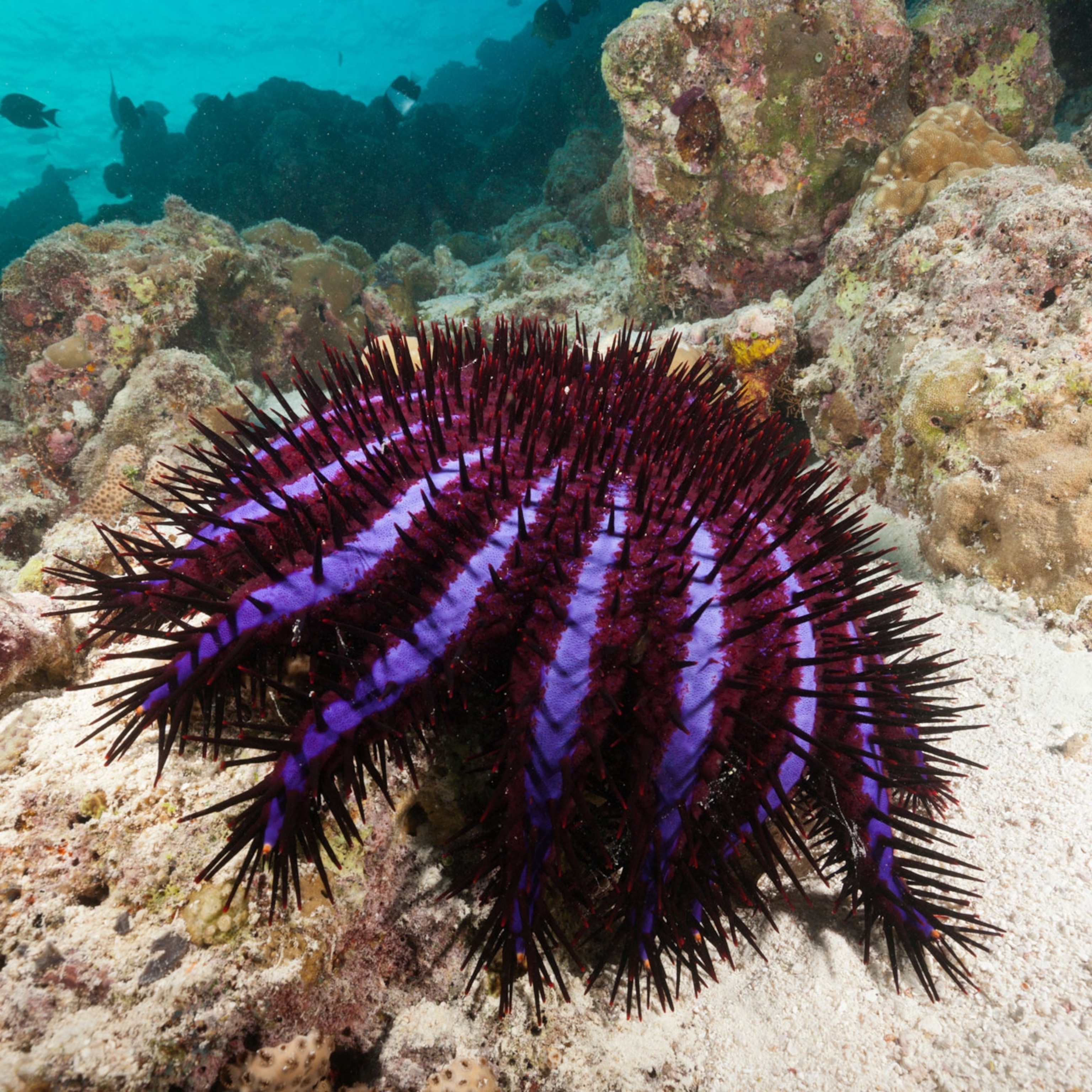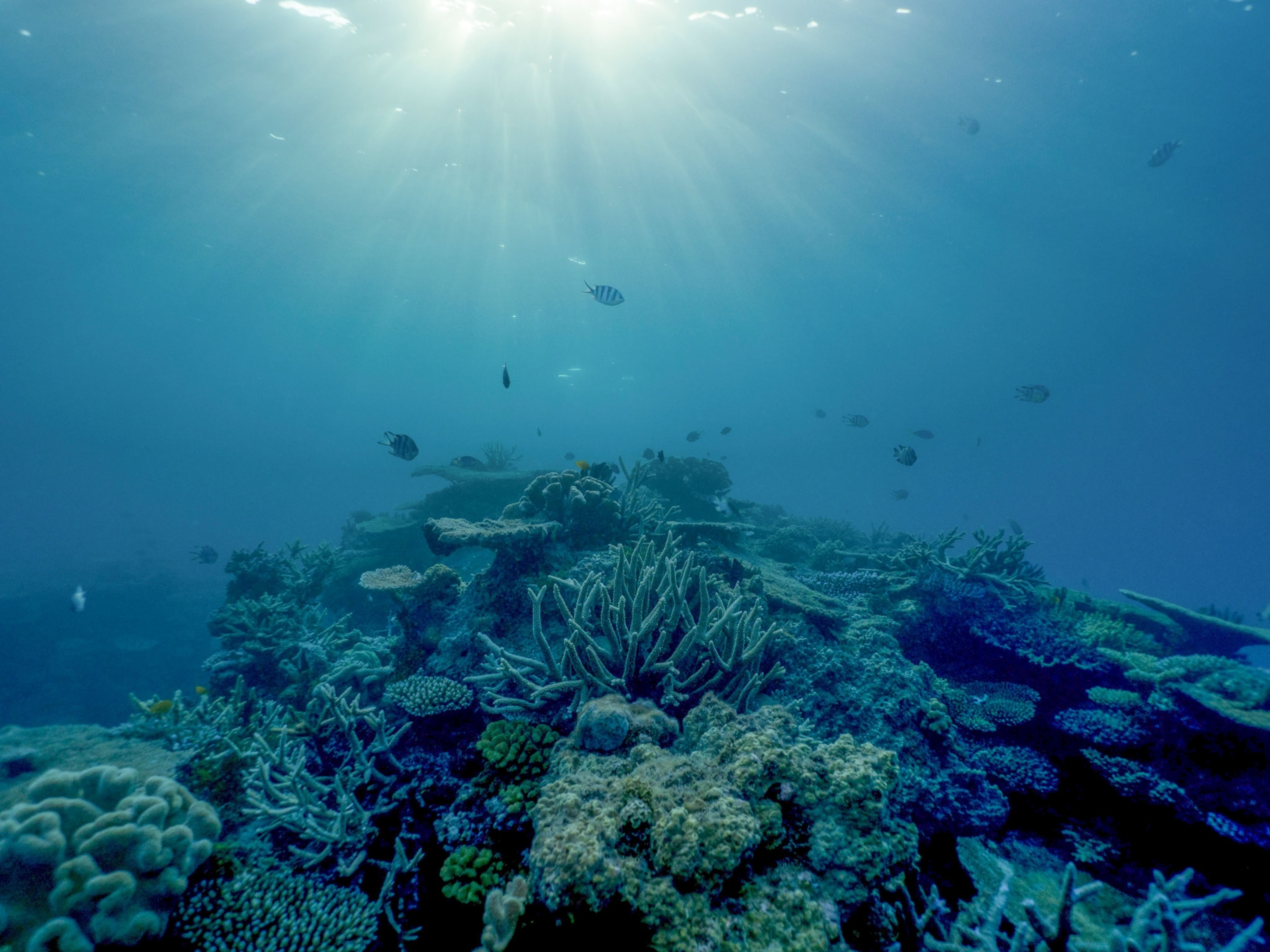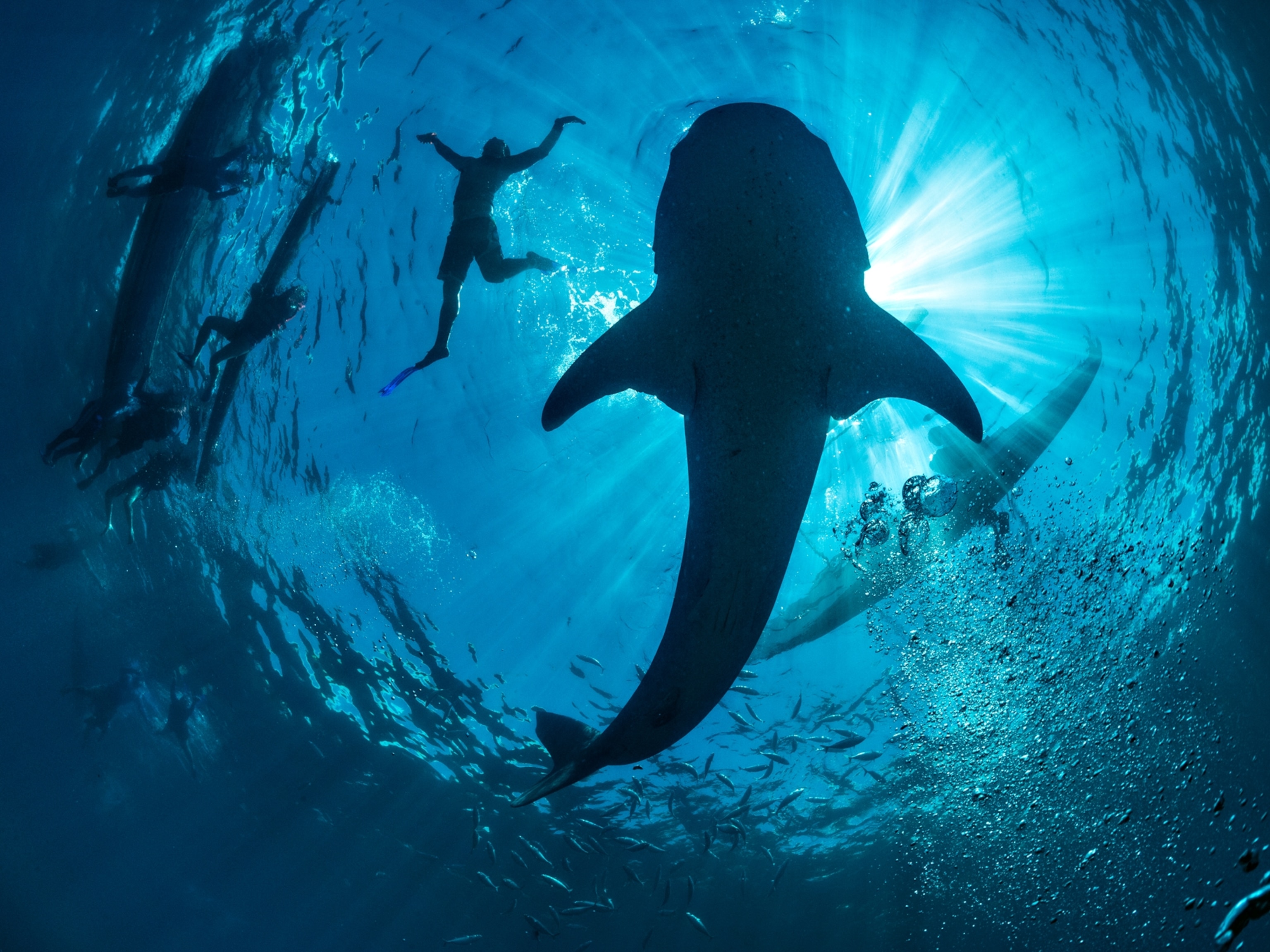What were the oldest animals to glow? A new study offers a clue.
Hundreds of plants, fungi, and animals can do it. Now scientists think bioluminescence may have evolved 540 million years ago in Earth’s ancient oceans.

From fireflies to glow worms, algae to squid, a dazzling array of organisms can perform an act of magic: they can generate their own light through a process known as bioluminescence. And it isn’t just an aesthetic wonder. It has evolved independently at least 100 times in nature and has dozens of diverse uses, from luring prey to freaking out predators to winking at a potential mate.
But when did life first develop the ability to glow in the dark? For decades, scientists believed the oldest example of animal bioluminescence could be found in a diminutive marine crustacean known as an ostracod, one that lived 267 million years ago and could light itself up. But a new study, published today in the Proceedings of the Royal Society B, winds the clock on bioluminescence way, way back.
By studying an oft-bioluminescent group of deep-sea critters named octocorals, scientists have concluded that they shared a primeval light-bearing ancestor that lived 540 million years ago. This creature would have emerged during the Cambrian Explosion, a period in Earth’s history of seemingly supercharged evolutionary activity that saw many of the major animal groups we know today appear for the first time.


“That was a very exciting and pleasant surprise,” says Danielle DeLeo, a deep-sea biologist at Florida International University and the study’s lead author.
“Bioluminescence, and light signaling in general, could be one of the oldest forms of communication that we have evidence of, which was not what we were originally expecting.”
In other words, the seas and oceans of the world are generally dark places. But almost as long as complex animals have existed, so too have there been lights flickering in the darkness.
Traps, beacons, and klaxons
Bioluminescence is a cold light chemical reaction, one that requires the presence of luciferin—a light-making compound. Some lifeforms make luciferin themselves, while others absorb it from symbiotic organisms or by ingesting it. Some animals even give luciferin-containing bacteria or algae a comfortable abode in their bodies. But regardless of how luciferin is obtained, it is then combined with a catalyst (commonly luciferase) to generate luminescence, and different hues are emitted depending on how the luciferin molecules are arranged.
While a variety of land life forms have bioluminescence, by far the most biological fireworks can be found in the ocean: three-quarters of marine animals are able to light themselves up in some way, and there’s almost no limit to their creativity.
“It’s so diverse and variable,” says DeLeo. In some cases, bioluminescence can announce an animal’s quest for a paramour. Predators with rumbling stomachs can use the process to blind and stun their dinner, or draw gullible prey into their maws, or to act as a searchlight to spy a swimming snack.
Bioluminescence is also used for defenses, including camouflage (making an animal’s underbelly glow so it blends in with the iridescent waves at the sea surface, for example) and as a decoy (detaching a luminous body part to distract a voracious predator, perhaps).
Some deep-sea crustaceans even employ a flamboyantly guttural method of protection. “They have this bioluminescent vomit that they spew out when they’re startled,” says DeLeo.
Octocorals can also shine in the dark. Although superficially similar to the stony-housed polyp colonies that make up coral reefs many are familiar with, these wiggly animals have a soft structure, along with a few other morphological quirks.
And the purpose of their bioluminescence is debated. Although these immobile inhabitants of the deep may sometimes use their light to lure in some tasty invertebrates to supplement their diet, they glow most noticeably when they are prodded—perhaps to startle a hungry predator.
“It’s what we call the burglar alarm hypothesis,” says Jon Copley, a marine ecologist at the University of Southampton who wasn’t involved with the new work. “Bioluminescence is used to make a commotion, one that attracts the attention of potential predators of the predator.”
A bright, ancient time
Debates about purpose aside, DeLeo and her colleagues wanted to use octocorals to try something ambitious: find the earliest ancestor that could bioluminesce.
A recent, detailed octocoral evolutionary tree using genetic data from almost 200 species gave them that chance. First, they placed additional octocoral fossils with known ages on that tree to better illuminate how various lineages are related. They also mapped out the tree branches that featured living bioluminescent species. Then, they used statistical analyses to work out how probable it was that various ancestors were bioluminescent.
Ultimately, the team rewound the clock by 540 million years—back to the time of the common ancestor of octocorals, a creature that was almost certainly capable of self-illumination.
“We did think there was a good chance the age of the most recent common ancestor was going to be hundreds of millions of years old. We didn’t realize quite how old!” says DeLeo.
That bioluminescence could be traced back to the Cambrian Explosion is an elegant finding. “It is the time that we knew that eyes were taking off,” says Copley, referring to animals that evolved the ability to detect light. It makes sense that bioluminescence would emerge around the same time. “I don’t think it’s a coincidence at all.”
But that primordial glowing was probably not used for today’s burglar alarm-like purpose. “We think this light production was more of a secondary byproduct,” says DeLeo—an inadvertent brilliance triggered by another biochemical reaction. But over time, the bioluminescent reactions “were kept because they started serving this really important function of communication, or light signaling.”
It's possible that the origins of bioluminescence may go back even further than the Cambrian. Perhaps, due to a paucity of fossils older than this period, scientists may never conclusively find out when this underwater starlight first appeared. But thanks to that initial ignition, a cornucopia of lifeforms today can light up their surroundings—giving researchers countless opportunities to study this remarkable ability.
“There’s so much more to discover,” says DeLeo.
You May Also Like
Go Further
Animals
- Orangutan seen using plants to heal wound for first timeOrangutan seen using plants to heal wound for first time
- What La Palma's 'lava tubes' tell us about life on other planetsWhat La Palma's 'lava tubes' tell us about life on other planets
- This fungus turns cicadas into zombies who procreate—then dieThis fungus turns cicadas into zombies who procreate—then die
- How can we protect grizzlies from their biggest threat—trains?How can we protect grizzlies from their biggest threat—trains?
Environment
- What the Aral Sea might teach us about life after disasterWhat the Aral Sea might teach us about life after disaster
- What La Palma's 'lava tubes' tell us about life on other planetsWhat La Palma's 'lava tubes' tell us about life on other planets
- How fungi form ‘fairy rings’ and inspire superstitionsHow fungi form ‘fairy rings’ and inspire superstitions
- Your favorite foods may not taste the same in the future. Here's why.Your favorite foods may not taste the same in the future. Here's why.
- Are the Great Lakes the key to solving America’s emissions conundrum?Are the Great Lakes the key to solving America’s emissions conundrum?
- The world’s historic sites face climate change. Can Petra lead the way?The world’s historic sites face climate change. Can Petra lead the way?
History & Culture
- A short history of the Met Gala and its iconic looksA short history of the Met Gala and its iconic looks
- Meet the ruthless king who unified the Kingdom of Hawai'iMeet the ruthless king who unified the Kingdom of Hawai'i
- Hawaii's Lei Day is about so much more than flowersHawaii's Lei Day is about so much more than flowers
- When treasure hunters find artifacts, who gets to keep them?When treasure hunters find artifacts, who gets to keep them?
Science
- Why ovaries are so crucial to women’s health and longevityWhy ovaries are so crucial to women’s health and longevity
- Orangutan seen using plants to heal wound for first timeOrangutan seen using plants to heal wound for first time
Travel
- Why this unlikely UK destination should be on your radarWhy this unlikely UK destination should be on your radar
- A slow journey around the islands of southern VietnamA slow journey around the islands of southern Vietnam
- Is it possible to climb Mount Everest responsibly?Is it possible to climb Mount Everest responsibly?







